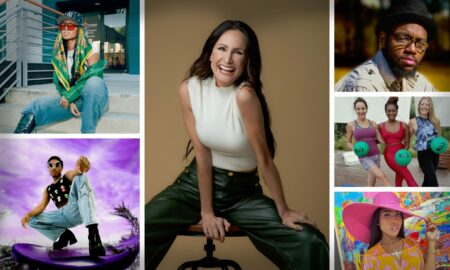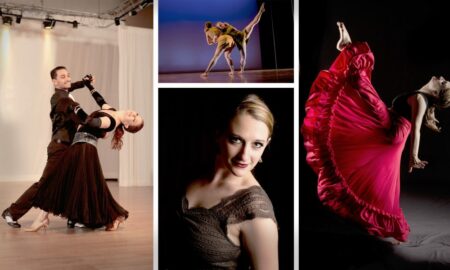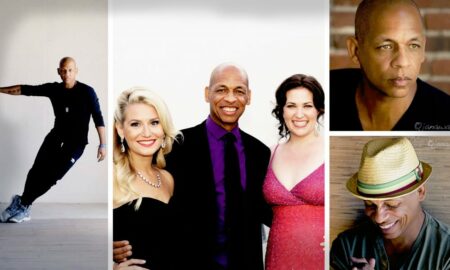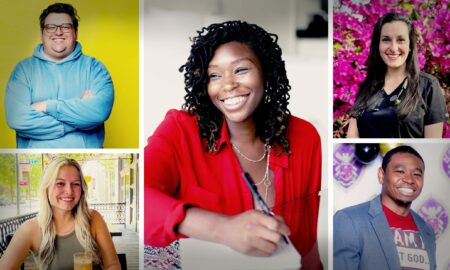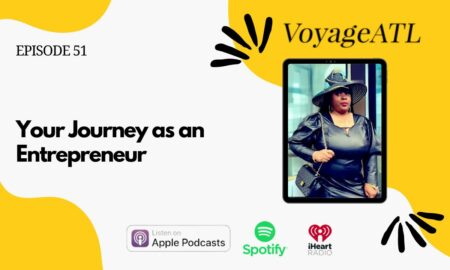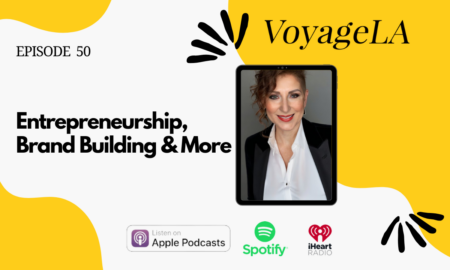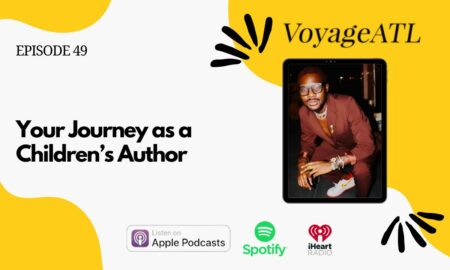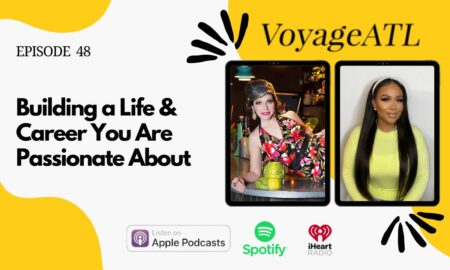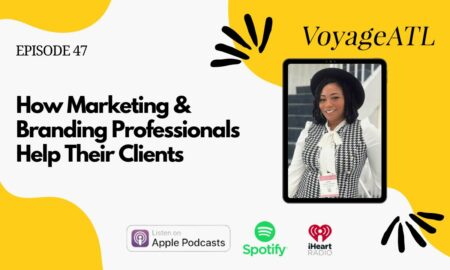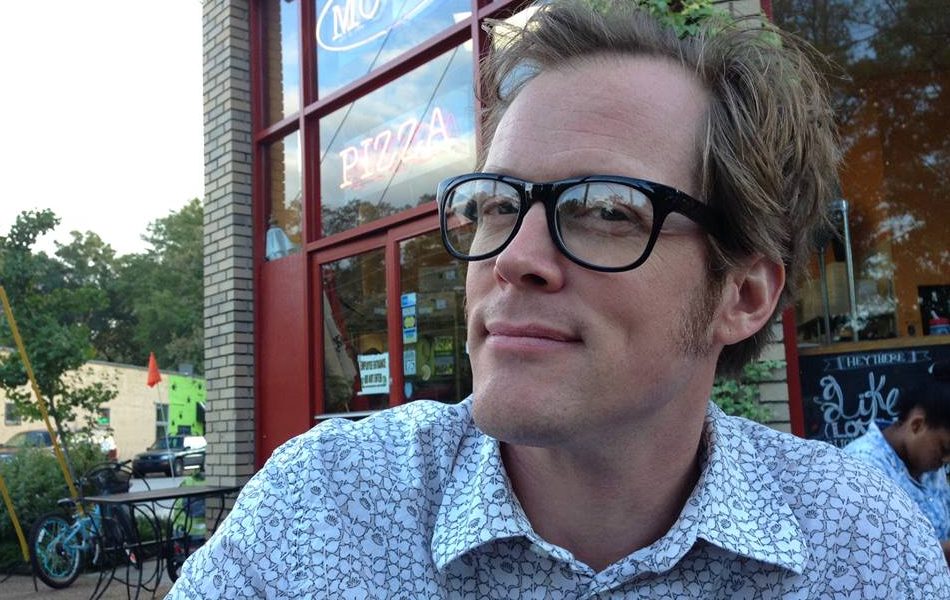

Today we’d like to introduce you to Allen Peterson.
Allen, let’s start with your story. We’d love to hear how you got started and how the journey has been so far.
I moved to Atlanta in 2005 to accept a job teaching at Atlanta College of Art and soon transitioned into being a full-time professor of Sculpture at SCAD-Atlanta. In 2014 I made a public art proposal that Fulton County Public Arts selected to feature in the entry plaza of the new Northwest Atlanta Library at Scotts Crossing.
This was the largest art project of my life so far, and I worked on the “Northwest Atlanta Globe” for a year as a full-time artist. I love to teach art, so after that year I decided to stay active in educational practice by accepting Kennesaw State University’s invitation to become an Adjunct Professor. I thrive on the energy that young artists bring to the studio and classroom, but limit my class load to part-time so that I can continue to develop my own art business.
Currently, I exhibit my work as a fine artist and also make work on commission through my business. I am a resource to my former students, many of whom have gone on to start successful careers in art here in Atlanta. One of my favorite ways to work is when an art project involves a large number of people. This could be an existing community that I work with or a community of people that forms around an idea or a project.
Has it been a smooth road?
The biggest challenge that I have faced is learning the business of making art. There’s this idea that the inspiration of being an artist has nothing to do with the business skills involved with getting paid fairly for your work. I have had the good fortune to have made artwork for a huge number of great people. Learning how to make my work, making people aware of what I do, and make money all at the same time was a challenge.
So let’s switch gears a bit and go into the AP Fine Arts story. Tell us more about the business.
For my business, every project is custom designed and custom made. My specialty is metalwork, both cast and fabricated, so I have done a large variety of projects here in Atlanta. Examples range from decorative welded-steel fences and gates for a local promoter’s house to hundreds of custom-designed and hand-cast keychains for the cast of Guardians of the Galaxy 2.
An Atlanta-area naturalist saw some of my ornamental metalwork online and commissioned me to make steel gates for his house that feature native Georgia species of flora and fauna — he’s an expert on this kind of thing, so I had to dig in with my own research to make sure that all the details of my imagery were right, even down to the posture of the birds and what they were doing.
I strive for this kind of attention to detail in all my work, from the conceptual stages to the technical execution. I have a skill set that is both wide-ranging and riddled with pockets where the knowledge goes deep. This makes my work perfect for the person who appreciates something unique, with a visually striking design but also a thoughtfully crafted idea that makes the work special to the individual situation.
How do you think the industry will change over the next decade?
Many people have predicted the impact of digital design over the past several years. This will keep getting more important through the next few decades as well, as output technologies become ever more accessible. But handmade goods will still be important in the creation of unique, high-quality goods. I have spent the last several years accumulating digital design skills because this technology is a tool that I can use alongside many others in my production when it’s the best solution for a project.
Material skills won’t go away, though — those of us who are makers will still need the know-how to take these digital items once they have been output as objects, and do something with them. Things that come out of digital output devices like 3-D printers, laser cutters, CNC, etc, are rarely ready to go as is — they tend to need some physical finishing. Most of the time, these outputs are not even meant to be the finished thing itself but are best as components of something else. Digital outputs typically need to be welded, bolted, or otherwise attached together, cast in another material, and sometimes painted before they are even close to being ready to be considered finished.
Besides, neither digital design apps nor output technologies can replace the skill of designing things well — this takes skill, practice, and good judgment. And to make art, the point really comes down to having a good idea in the first place. Digital technologies are great for making that idea a reality, but they can’t replace the moment of insight that starts the process going. That’s what happens when artists are doing their best work. And that’s what I am here for.
Contact Info:
- Website: www.AllenPeterson.com
- Phone: 404.337.1862
- Email: Allen.APfinearts@gmail.com
- Instagram: instagram.com/allenptrsn
- Facebook: facebook.com/APfinearts







 Image Credit:
Image Credit:
Bryan Pearson, Allen Peterson
Getting in touch: VoyageATL is built on recommendations from the community; it’s how we uncover hidden gems, so if you know someone who deserves recognition please let us know here.

